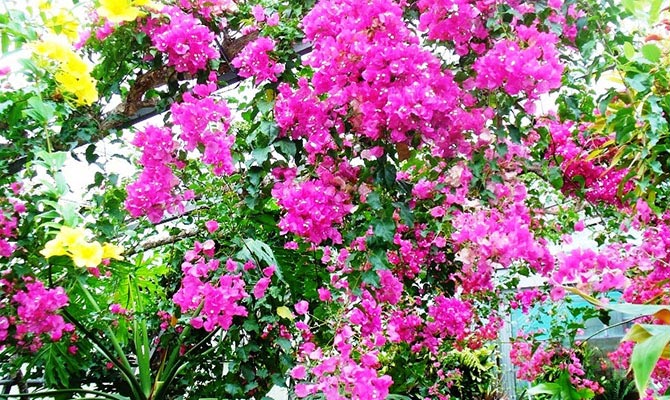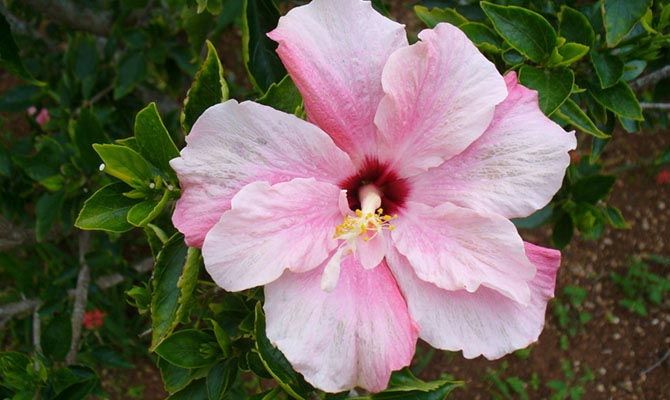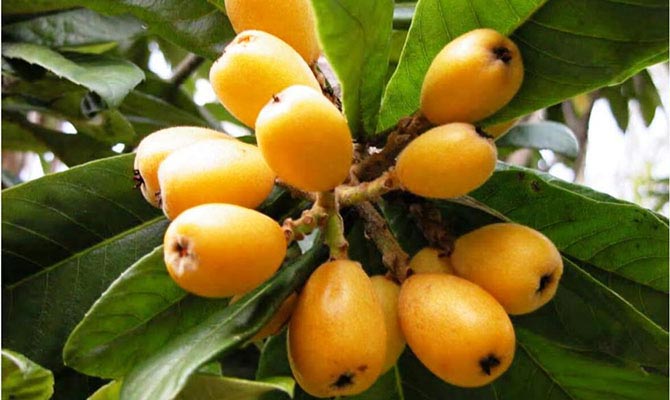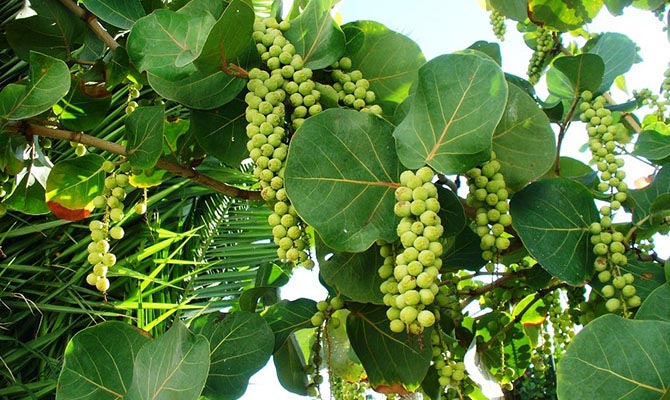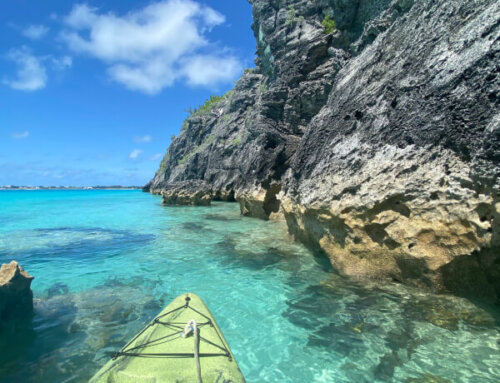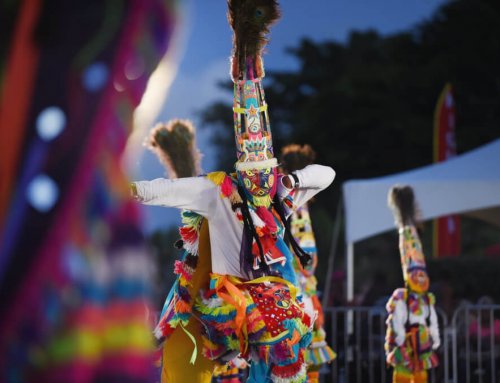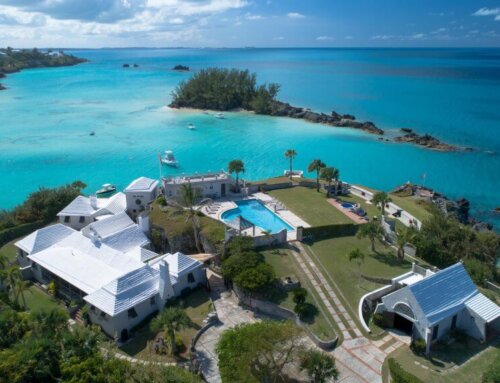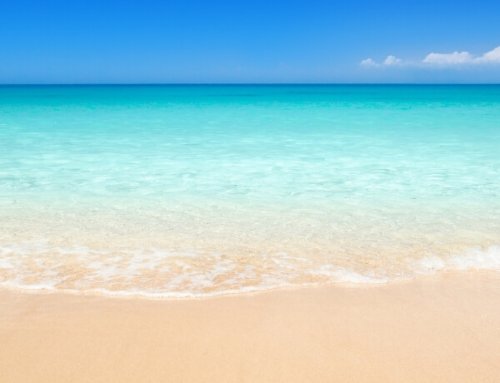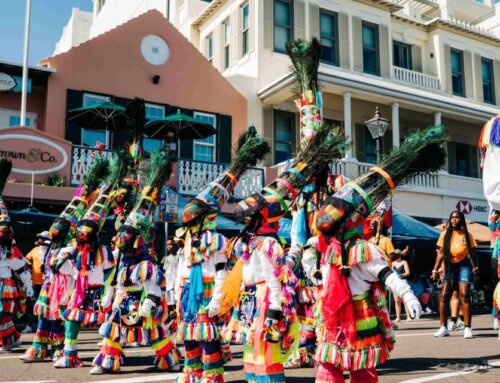Bermuda’s native flora and fauna originates from south-eastern North America and the Caribbean, supplied by wind-borne dispersal and via the Gulf Stream. Yet despite this isolation, and small size, over 8,000 species have been recorded from the island and its surrounding waters.
Bermuda, in USDA Zone 11, is at 32 degrees North, with about 50 inches of rain annually. It has a sub-tropical climate. A few species of plants and trees are endemic, many are native meaning they arrived naturally – by natural occurrence without the aid of mankind – but can be found in other places too. Others are naturalized, meaning they were introduced by man and later established on their own. They include hedges of red, white, pink and yellow oleander, Surinam cherry – highly invasive – and hibiscus in different colors. The vast majority that were introduced.
There is no wet and dry season, but summer droughts and winter gales are common. It has a sub tropical and frost free climate. There is a constantly high humidity, especially from May to October, but no frost or snow. Temperatures rarely drop below 50 degrees F or rise above 90 degrees F. The surrounding Atlantic Ocean and proximity of the Gulf Stream exert a moderating influence on the climate. Bermuda soil is alkaline, limestone in origin and with depth from two to three feet to an inch or less. Below it is solid limestone. Shallow soil and periodic droughts of up to eight weeks can test and defeat the tolerance of plants. Bermuda has Asia’s subtropical regions but no orchids of its own.
Plants to avoid. Bermuda has numerous areas on trails, woodlands and even private roads with plants including poison ivy (Toxicodendron radicans) and stinging nettles, very similar in size and shape to those in North America. Keep well clear of them.
Worst garden pests. They include mealy bugs on crotons, controlled with Volk oil; black spot on roses and hemispheric scale on hibiscus, kept at bay with a mild solution of malathion. Plants to avoid include poison ivy (Toxicodendron radicans) and stinging nettles, very similar in size and shape to those in North America. They are on numerous trails, woodlands and roads.
There are no tall trees like dogwood, oak, sycamore or maple, or flowering shrubs like rhododendrons or azaleas. But see many other types common to sub tropical climates. They also grow in less accessible meadows and pastures in coastal or marshy areas. Trees such as apple and breadfruit not grown in Bermuda. There are some mango trees, not many. Nor is any sugar cane grown, unlike in Caribbean Islands 900 miles to the south. However, in Bermuda’s earliest days (early 17th century, Bermuda exported tobacco for years and later once had – until the early 20th century – a significant domestic and mostly USA agricultural market, in oranges, lemons, grapefruit, bananas and avocado. There are no forests, but some attractive woodland and wetland areas – and coastal areas. Some are national parks. The Bermuda Government levies an extremely high import duty on all imported plants (for example, orchids) and on agricultural equipment for farmers and those who tend gardens.
In his March 2003 visit to Bermuda, Colin Chubbe, a botanist with the Royal Botanic Gardens in the United Kingdom, expressed his concern over the huge number of invasive species here, including the familiar Brazilian or Mexican pepper, Chinese Fan Palm, Surinam Cherry, Fiddlewood, Kudzu, and Indian Laurel. He noted the damage they have done has gone on for so long that complete habitats are totally comprised of alien species with complete displacement of native woodland or habitat. Nowhere else in the world has he seen it on such a scale. The proportion of native plants remaining is tiny, with the invasive plants hugely aggressive and very successful. He urged nurseries and gardeners to take more of a role in ensuring the future of Bermuda’s endemic plants. He toured the nurseries and found most sold potentially problematic plants without offering gardeners information or warnings on how to protect the environment. In particular, he cited Casuarina and Madagascar Olive as problems and suggested the Bermuda Olivewood instead.
Due in great part to human colonization and development resulting in one of the world’s most densely populated islands (1,500 people per square kilometre); major threats to the native flora and fauna have been identified as habitat loss or deterioration, and competition with invasive species. This has resulted in the known extinction of 25 endemic species, the decimation of an estimated 200 native species and naturalization of at least 1,200 exotic terrestrial species. Even more frightening is the fact that Bermuda’s undeveloped land area is now dominated by 22 plant species considered invasive, out-competing and overshadowing the native flora. Population numbers are continuing to decline for several species, and without active intervention, further extinction may occur. A most critical example of this is the case of the endemic Governor Laffan’s fern (Diplazium laffanianum); only one mature specimen of this fern species remains in Bermuda, maintained in a nursery environment by the Department of Parks. Although not as dire a case, the yellow wood tree, prized for its timber value by early settlers and exported to England for cabinet wood, also suffered a dramatic decline leading to a present day total population of 23 mature trees. Belonging to the citrus family, the yellow wood tree is an asset to one’s backyard, recorded to have a pleasant aroma when in bloom.

